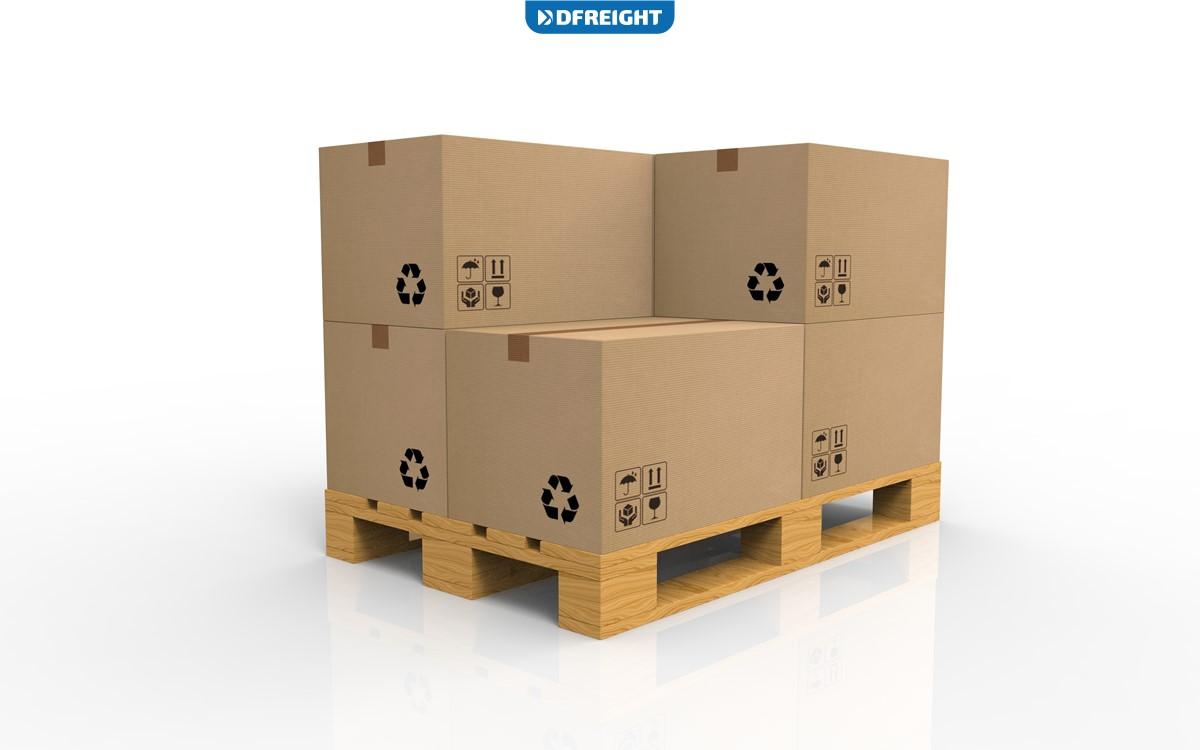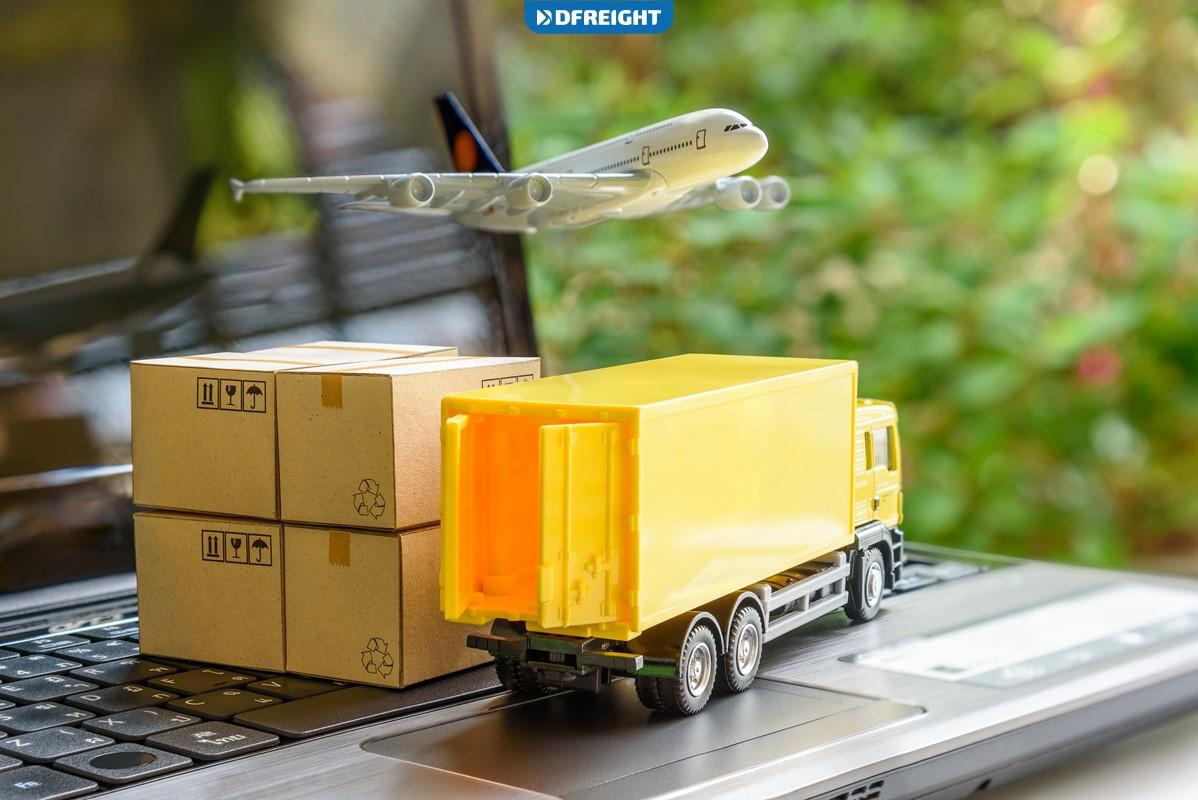If you’re in charge of shipping for your business, you can’t afford to make any mistakes. Even one error can cost you time, money, and customers. A shipping mistake is any error that can occur during the shipping process, from inaccurate information on a bill of lading to failing to adhere to country-specific regulations. Such mistakes can be costly and cause delays in the shipping process. This blog post will discuss ten common shipping mistakes and how to avoid them. Keep reading to learn more about how to streamline your shipping process and avoid costly errors.
Table of Contents
Shipping Mistake 1: Inaccuracies in BOLs
A Bill of Lading (BOL) refers to a legal document that serves as proof of ownership for goods that are being shipped. The shipper and the carrier are supposed to sign the bill of lading and list the shipment’s details, including its origin, destination, and contents. The BOL document also serves as a contract between the shipper and the carrier, outlining each party’s responsibilities.
Given the quantity of detailed information that must be recorded, shippers frequently use the incorrect description of the item, enter the wrong piece count, notify the incorrect party, or neglect to read the terms and conditions of the BOL, to mention a few. Such errors can be expensive and readily avoidable by correctly entering the information. Having someone else double-check it is an excellent method to ensure it is accurate.
Going the additional mile can seem needless, but keep in mind what’s at risk when accuracy isn’t guaranteed: Of course, your products and your company’s brand image.
Shipping Mistake 2: Running out of Packing Supplies

If you can manage expansion, running your own e-commerce company is a terrific option, but most people eventually turn to outside aid as their businesses develop. Even if you have an abundant supply of inventory and are utilizing the right technologies to manage your data, running out of packaging supplies is a simple error that may result in time and financial loss.
During busy times or when products are in demand, you might need thousands of boxes, labels, rolls of tape, bubble wrap, and other packing supplies to deliver orders on time. If you are not prepared in advance, you risk making late deliveries and wasting time having to place new orders for supplies. A third-party logistics partner will always have fast connections for packing supplies and the correct measures to anticipate peak demand, so you never face this issue.
Shipping Mistake 3: Inappropriate Packing
Poor packaging results in damaged freight, which leads to dissatisfied consumers and, once again, more significant expenses. Experts claim that even for boxes that are adequately packed and proportioned, the structural integrity of most shipping containers significantly deteriorates during the course of a single voyage.
The risk of harm increases tremendously if the package is not appropriately sized. Why would you jeopardize all the time and effort you put into making your excellent product by utilizing boxes that aren’t acceptable for shipment?
Even with the correct packing, check that your products are securely attached to their pallet and aren’t filled with overhanging packages. Instead, stack items in column-stack or interlocking patterns, secure them with stretch wrap and bands and add padding for further stability, strength, and stress absorption.
Shipping Mistake 4: Listing an Incorrect Address
Although it might seem easy to avoid, it frequently occurs on various levels. It’s a dumb error that might cost you a lot of money and cause your package to arrive later than expected. Your delivery will go to the wrong location if you provide the incorrect address or if autofill enters it erroneously for you. It will thus need to be located and redirected to the proper address.
Rerouting fees, missed deadlines, and, most regrettably, dissatisfied customers all result from this, which takes time and resources.
Shipping Mistake 5: Incorrect Listing of Weight and Freight Class
Even though it is a component of the BOL, the freight class and weight should have their separate listing since listing them incorrectly might have significant and expensive consequences. You will invariably incur extra charges if you attempt to estimate the weight of your shipment without the assistance of a weighing station; the same is true if the freight class is incorrect.
Shippers typically tend to list their shipment in the lowest class possible since a lower class is linked to a lower price. However, if they’re wrong, the reclassification charge will be substantially larger than the change in the class margin.
This may not seem like a big problem to some, but if you transport hundreds or thousands of freights annually, those extra costs can mount up quickly. Not to mention how it harms one’s reputation and brand image.
Shipping Mistake 6: Faulty Labeling
Incorrect labeling is a significant problem in supply chain management. This is because it can lead to products being shipped to the wrong locations or being mislabeled and not meeting the quality standards that were set by the manufacturer. This problem can cause supply chain delays and ultimately lead to customer dissatisfaction.
Nowadays, you are in trouble if your warehouse does not employ technology. Technology provides amazing time-saving and cost-efficient advantages to decrease mistakes throughout every stage of the supply chain. It allows you to, for instance, read the barcodes on packages and print the proper shipping labels. Time is saved, expenses are avoided, and exact deliveries are ensured thanks to computerized processing.
Shipping Mistake 7: Avoiding Palletizing

Although palletizing requires time and work, it is considerably preferable to having a loose stack of products that can move around and be damaged while being transported. Additionally, most LTL carriers won’t let you ship without a pallet. If you don’t, they’ll palletize your products and charge you for them. Although this is a negotiating subject, doing it yourself will cost you far less.
If you do not palletize your shipments, it can cause significant problems for your supply chain. Your products can become damaged during shipping, and tracking your inventory will be more difficult. Besides, your customers may not be able to receive their orders on time if your shipments are delayed.
Shipping Mistake 8: Uninsured Freight
Insurance is essential to shipping freights because it protects the shipment in case of damages or loss. Without insurance, the shipper would be responsible for any damages during transport. The owner will also be liable for losses incurred if the cargo is lost or stolen. This shipping mistake could result in financial ruin for the shipper.
By paying the relatively little insurance cost, you can avoid worrying about the unforeseen accidents that are likely to occur in the future and avoid potentially severe replacement expenses for a whole shipment. Remember that natural disasters, thefts, accidents, and human errors constantly threaten your shipment security. Moreover, longer travel distances and complicated handling of oversized or weighty packages increase the possibility of a mistake.
Shipping Mistake 9: Hiring One Carrier for All Shipments
If you’re relying on a single carrier for all your shipments, you’re making a big mistake that could affect your entire supply chain. Here’s why:
Firstly, you are putting all your eggs in one basket. If something happens to your carrier, whether an accident or a strike, you could be left without any way to get your products to your customers. This could lead to lost sales and a lot of frustrated customers.
Secondly, you’re missing out on potential cost savings. Different carriers offer different rates, so you could be overpaying if you only use one. You can get the best rates and save money by shopping around and hiring multiple carriers.
Thirdly, you could be delaying your shipments. If your carrier is having a slow week, your shipments could be delayed. This could cause problems further down the supply chain and lead to even more delays.
Finally, your carrier could be overbooked. Carriers often overbook their capacity to ensure they meet their deadlines. This means that your shipments could be bumped if there’s a last-minute surge in demand.
Therefore, while it seems sensible to have reliable partnerships, entrusting all of your cargo to one carrier might end up costing you a lot of money. Having relationships with numerous carriers is an intelligent business move if you want to take advantage of competitive pricing and flexible operations.
Shipping Mistake 10: Failing to Adhere to Country-Specific Regulations
There are a number of reasons why it is important to follow shipping regulations for each country. First and foremost, these regulations are in place to protect the safety of both the workers handling the shipments and the people who will ultimately be using the products that are being shipped. Secondly, these regulations help to ensure that products arrive at their destination in a timely and efficient manner. Finally, following shipping regulations can help to avoid costly delays and penalties.
If you are exporting outside of the country, be aware that there may be additional rules, fees, taxes, documents, etc. that will lengthen the shipping procedure and increase the cost. Every country has different shipping standards, so it makes sense to work with an experienced freight forwarder who can guarantee accuracy and efficiency and is familiar with the rules of the countries you ship to.
The Final Word
Shipping is a complex process with many potential mistakes that can be made. By being aware of these mistakes and taking steps to avoid them, you can ensure a smooth shipping process for your business.

DFreight is a digital freight forwarder that offers a suite of tools to help you streamline your shipping process and avoid mistakes. With DFreight, you can get real-time quotes from multiple carriers, book and track shipments, and manage your documents all in one place.
FAQs
What is a shipping mistake?
A shipping mistake is any error that can occur during the shipping process, from inaccurate information on a bill of lading to failing to adhere to country-specific regulations.
How can I avoid shipping mistakes?
There are a few ways to avoid shipping mistakes, including working with a freight forwarder, accurately entering information on a Bill of Lading, and following country-specific regulations.
Why are shipping mistakes important to avoid?
Shipping mistakes are important to avoid because they can cause delays, extra charges, and dissatisfied customers.
What is the most common shipping mistake?
The most common shipping mistake is listing an incorrect address. This can cause delays and extra charges.














